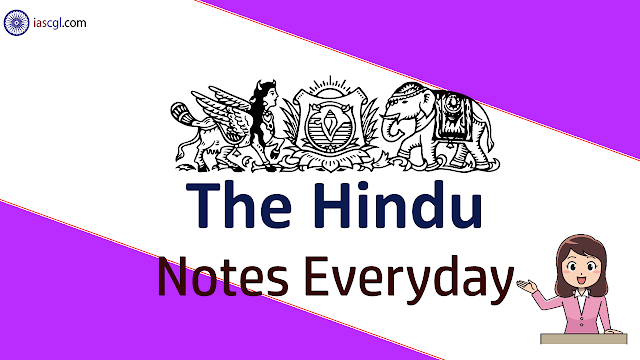Read The Hindu Notes of 14th February 2019 for UPSC Civil Service Examination, State Civil Service Examination and other competitive Examination

- Dealing with the thought police
- Every drop matters
- Bad call
- Well oiled
- A clarion call to combat climate change
- The PM-KISAN challenge
- A political stand-off
- The ABC of sustainable consumption
Dealing with the thought police
It is vitally important that the courts remain free of the discourse on ‘urban Naxals’ and ‘anti-nationals’
Of speech and association
Judicial objectivity
Case for care
Every drop matters
The regulatory framework must be reformed to ensure access to safe and sufficient blood
Vigil after collection
Towards a solution
Bad call
The BJP’s impatience to return to power in Karnataka might send it down a slippery slope
Well oiled
It is easy to see why the Saudi Crown Prince has chosen to include India in his Asia tour
A clarion call to combat climate change
The Green New Deal acknowledges the responsibility of the U.S. for its historical emissions
What the deal says
A welcome surprise
The future
The PM-KISAN challenge
The top-down, rushed approach of the government in reaching out to farmers is likely to end in failure
Inadequate financial support
Implementation issues

0Comments